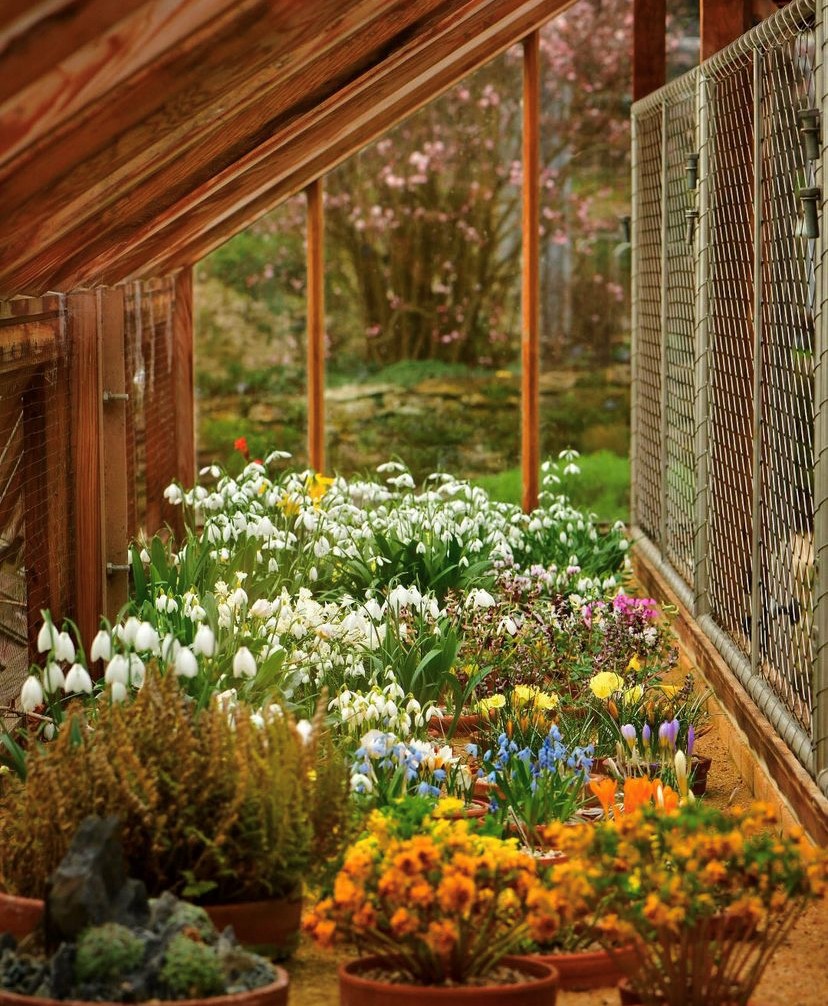
It has certainly been another busy and productive year in the garden for everyone working at The Royal Botanic Garden Edinburgh (RBGE). After two years of a pandemic this one felt a bit more like we were back to normal – or whatever the new normal looks like. Gone were the days of mask wearing, keeping a distance and no staff canteen! More events returned and it was lovely to hear the garden come alive again with visiting tourists of different nationalities.
One positive from the global pandemic was the growing appreciation of nature and being outside. We are hearing more and more about how important greenspaces are in the city for our health and well-being. Not surprisingly there is always a ‘plant of interest’ for every month of the year growing in the RBGE Living Collection. Kirsty Wilson, Herbaceous Supervisor, keen photographer and botanical drone pilot, highlights her favourites from the past twelve months.
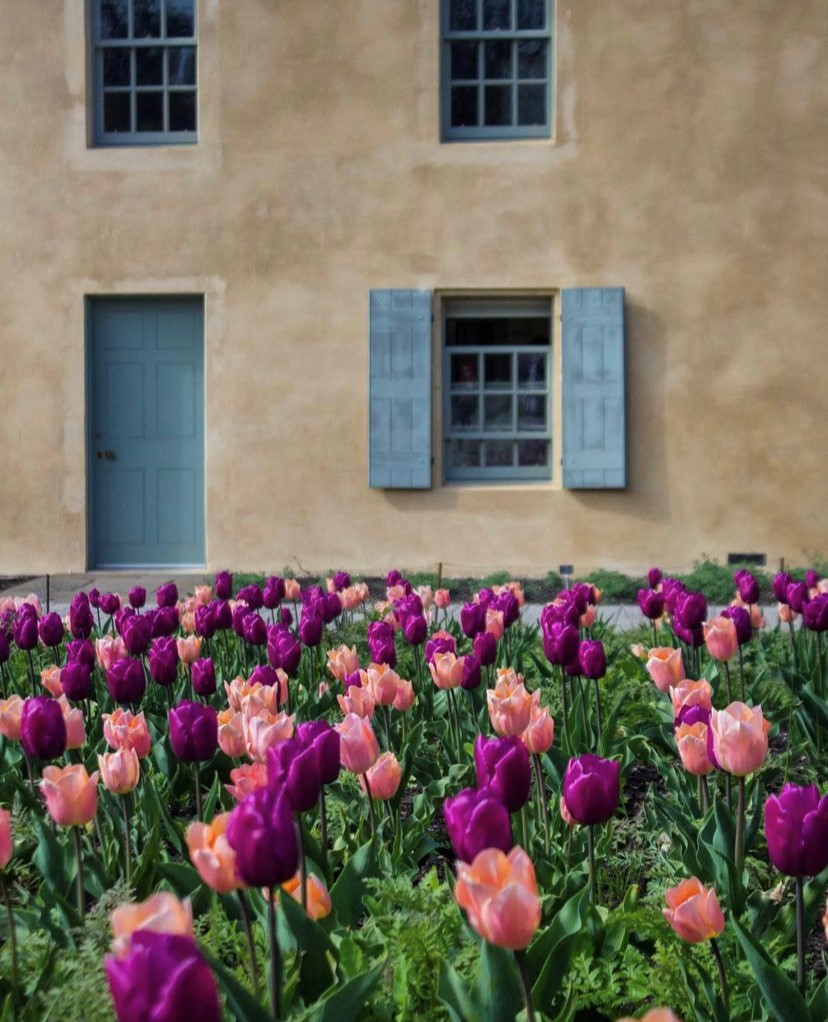
In Spring 2022 15,000 tulips emerged in front of the Botanic Cottage creating a marvellous display to cheer all our staff and visitors. These were planted by horticulturists, students, and volunteers the previous November. The varieties Tulip ‘Purple Prince’ and ‘Apricot Beauty’ were kindly donated by Taylors Bulbs.
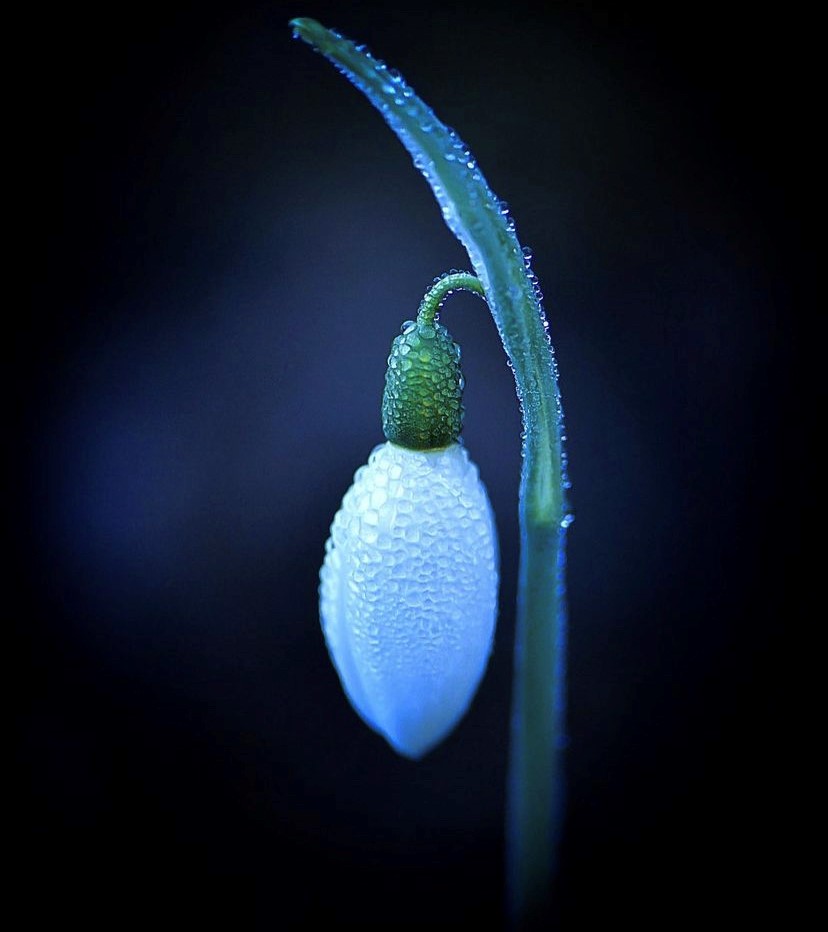
January
Snowdrop season begins with one of the first to emerge in the Rock Garden – Galanthus elwesii subsp. monostricta. What a treat and a beacon of hope during the dreich days of winter. I love capturing this one with the morning water droplets on the flower. Galanthomania is thought to have a long history, dating back to the 1850s when soldiers brought bulbs back from The Crimea, sparking the ‘White Fever’ which has followed. Although there are only 20 species in the genus, they have borne an incredible 2000+ cultivars for us to now collect and enjoy in our gardens.
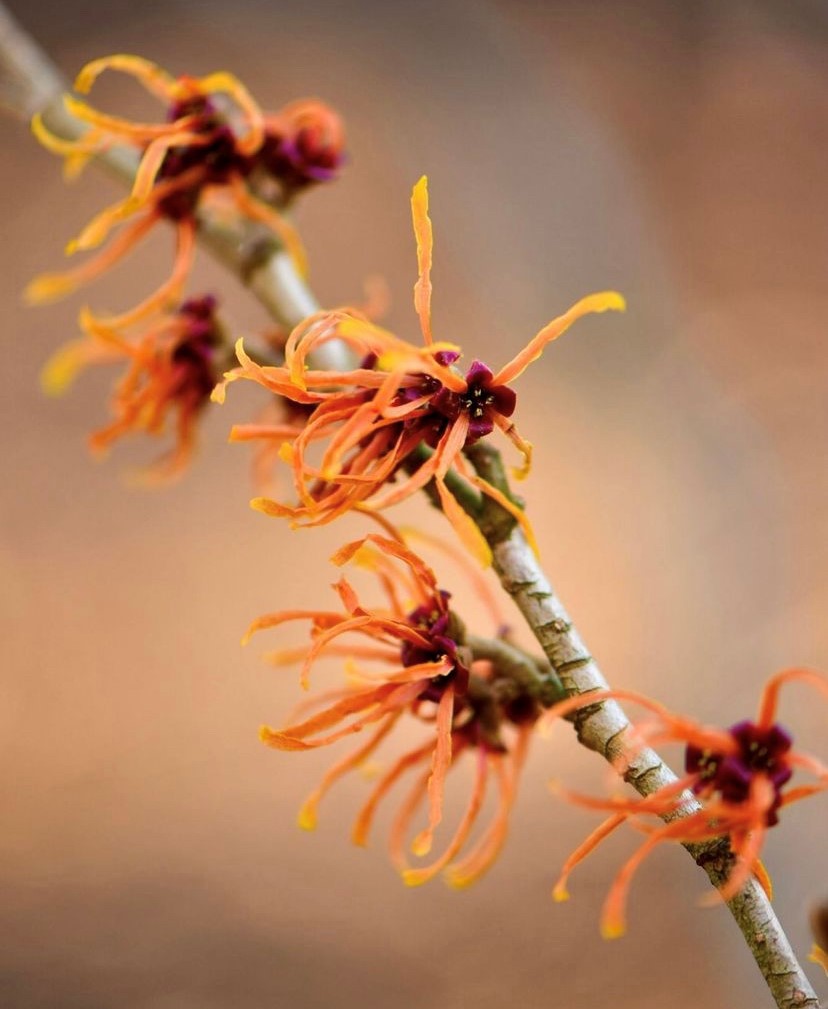
February
The striking winter flowering shrub Hamamelis x intermedia ‘Jelena’. It brings a real zest of life to the garden during the winter months when it is most needed. I just love the spidery and scented flowers. Best grown in full sun to partial shade in moist but well drained soil. They prefer a sheltered spot, protected from strong winds. Some varieties grow quite wide – something to bear in mind if space is an issue.

March
Magnolias are certainly one of my favourite trees. This aerial drone image I took has me excited for Spring next year already! In March our Magnolia campbellii ‘Charles Raffill’ is a vigorous, upright, spreading tree with oblong pointed mid-green leaves. The early large flowers are deep rose-pink in bud opening to a rose-purple. Magnolias prefer full sun to part shade, are best grown in consistently moist, slightly acidic, well-drained soils. Provide a sheltered site as buds and flowers can be damaged by cold winds and late frosts.

April
The superb greater Pasque flower Pulsatilla grandis. These lovely plants flower from early spring when their woolly, hairy flower buds open. The flowers range from white to shades of purple. After flowering their enchanting feathery seed heads look lovely in flower arrangements and are greatly admired. They do best in full sun in moist well drained soil.

May
Magnolia acuminata also known as the ‘cucumber tree’ refers to the shape and colour of the fruits when quite young. The flowers have a slight fragrance and are native to Eastern N. America. This tree was well known to Native Americans and early European settlers, well before Linnaeus’ scientific description in 1759. The Cherokee used its light, close-grained, yellow-brown wood for construction, furniture and paper making, while both the Cherokee and Iroquois had diverse medicinal uses for the bark. This can be one of the best Magnolias for Autumn colour, but varies between clones from a dull dark brown to bright yellow.

June
One of the loveliest plants in the garden is the golden rayed lily also known as Lilium auratum which is native to Japan. A distinctively striking Lily that is white with a yellow centre and brown speckles. Highly scented it will reach 1.5m tall once established. A real showstopper in the garden during summer.
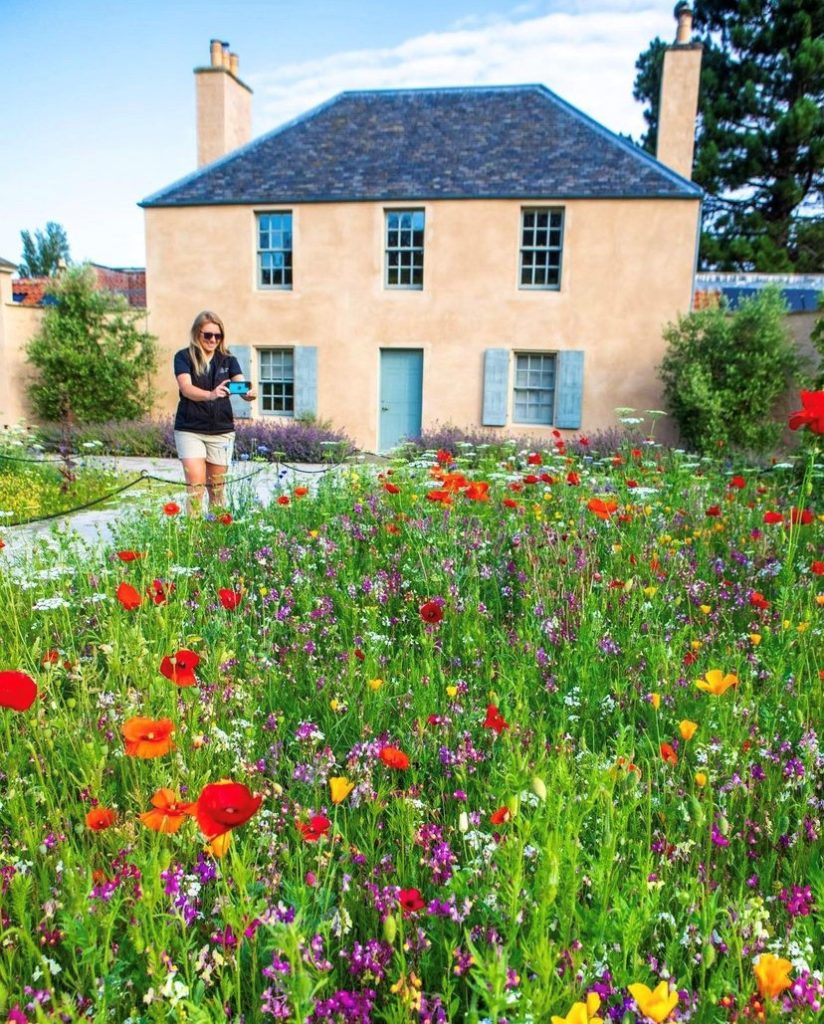
July
A Pictorial Meadow is an annual seed mix that provides the simplest method to achieve a gorgeous breath-taking display of flowers with the minimum amount of preparation and after care. It is sown in situ and will grow on average type soils, where it will quickly start distinctive ‘waves’ of colour right up to the first frosts. This flowering display also provides a rich nectar source for pollinators and is much loved by all our visitors.
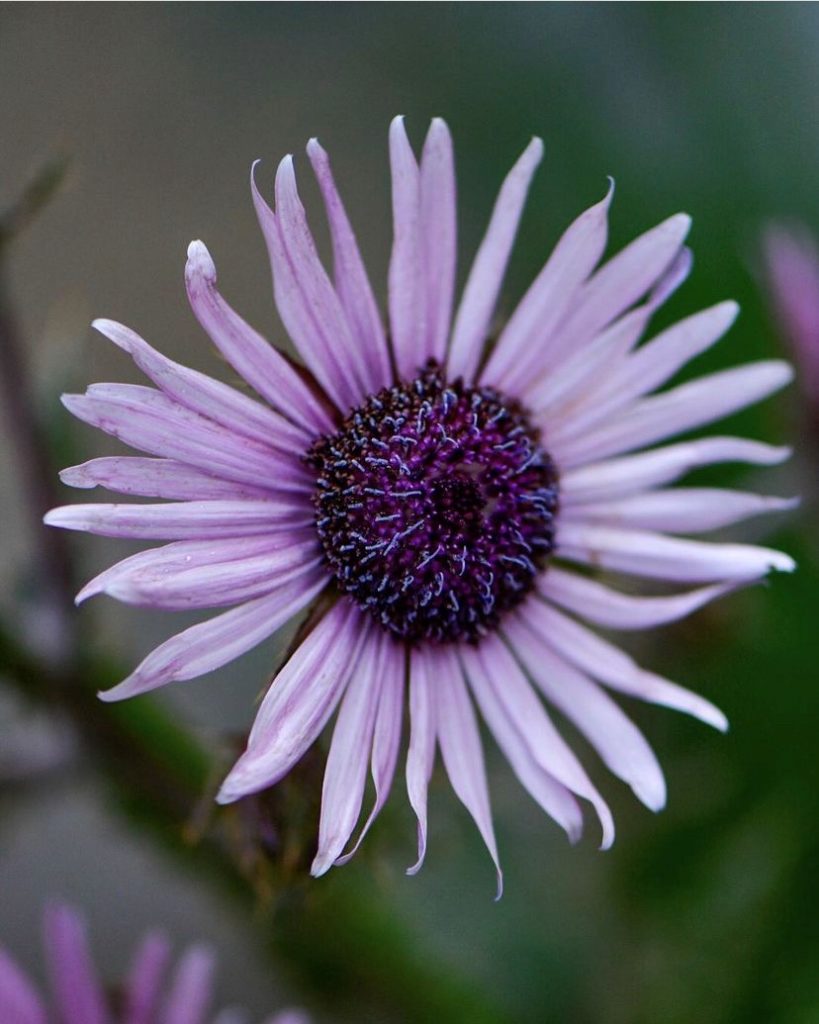
August
The extraordinary perennial Berkheya purpurea is an unusual plant with prickly foliage and a spike of lilac purple daisy-like flowers. Native to South Africa it likes full sun and well-drained soil. Berkheyas are tap rooted plants but clumps can readily be divided in the Spring. They can be a bit slow to get going again but seed can be sown in the cold frame when ripe in the Autumn.
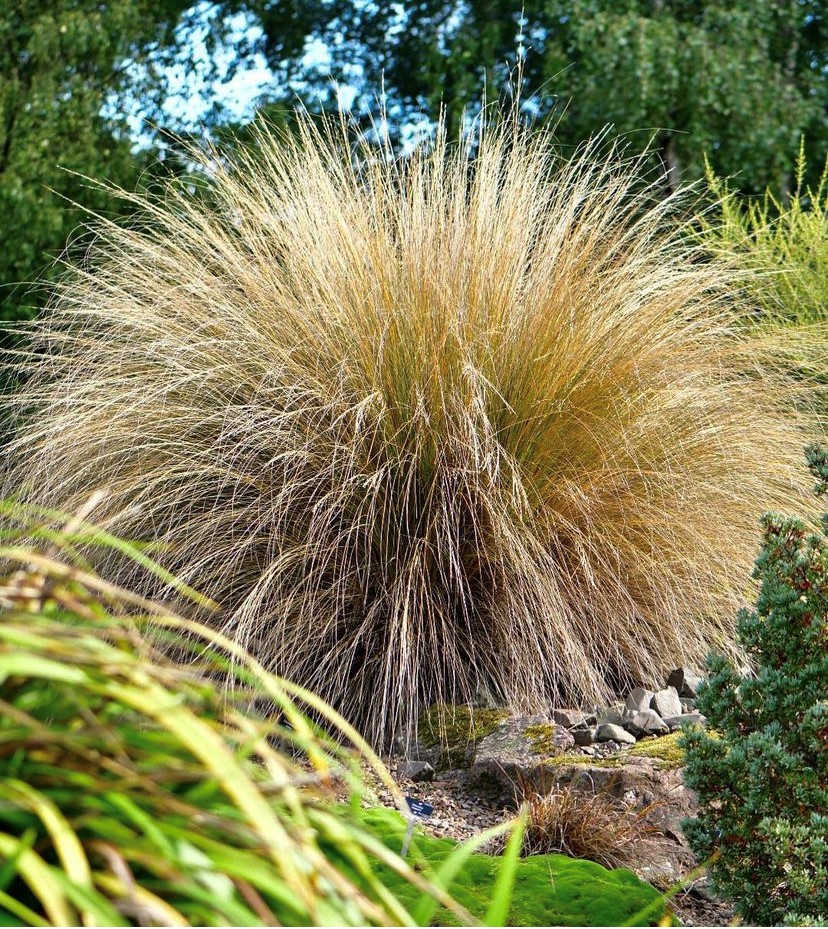
September
My choice for this month is the soft, open graceful mound of Chionochloa rubra that moves in the slightest breeze. This is the red tussock grass native to New Zealand and growing in our Rock Garden. Perhaps the toughest of all grasses it grows almost anywhere and in any open situation in your garden. It is mostly admired for the colour of the leaves, which range from a metallic golden tan to a dramatic coppery red. It has been awarded the RHS Award of Garden Merit.
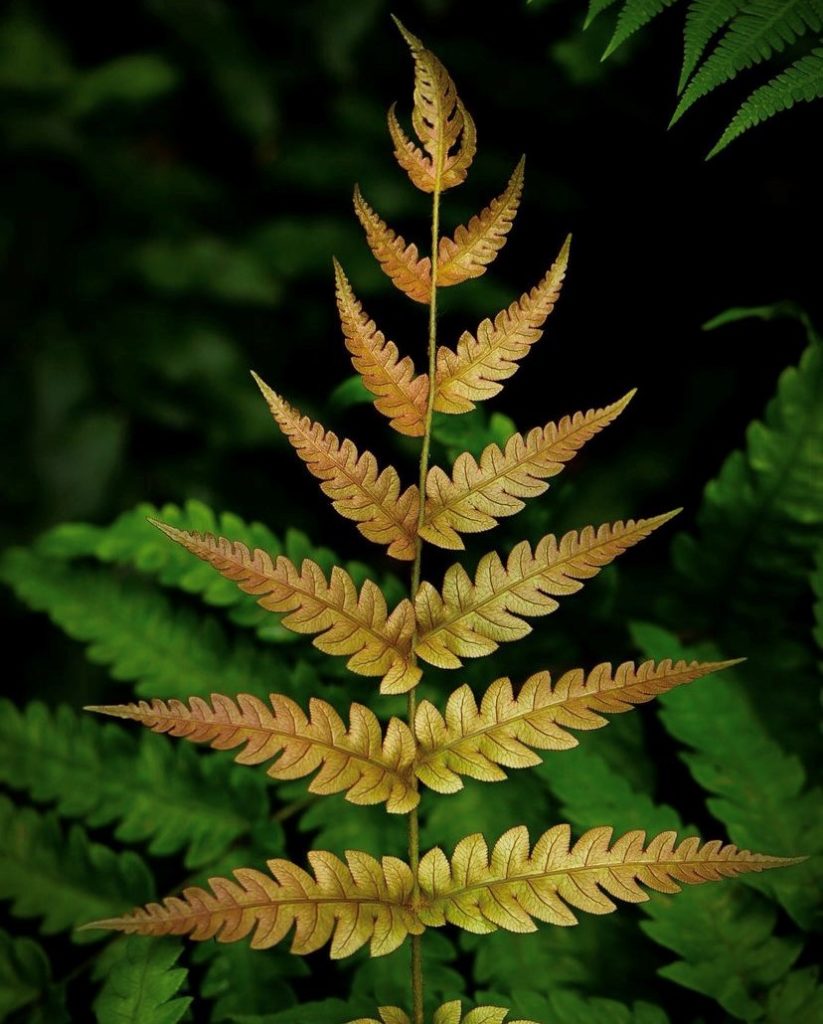
October
Woodwardia japonica, a type of fern grows on ridges, exposed slopes and shaded forests. Native to China, Japan, Korea and Vietnam. With their interesting foliage and textures, ferns are easy to grow and require little maintenance. Some species are evergreen, giving year-round interest, while others die back in Autumn and produce new shoots in Spring. Nearly all ferns grow best in moist but well-drained soil, though some will thrive in dry shade.
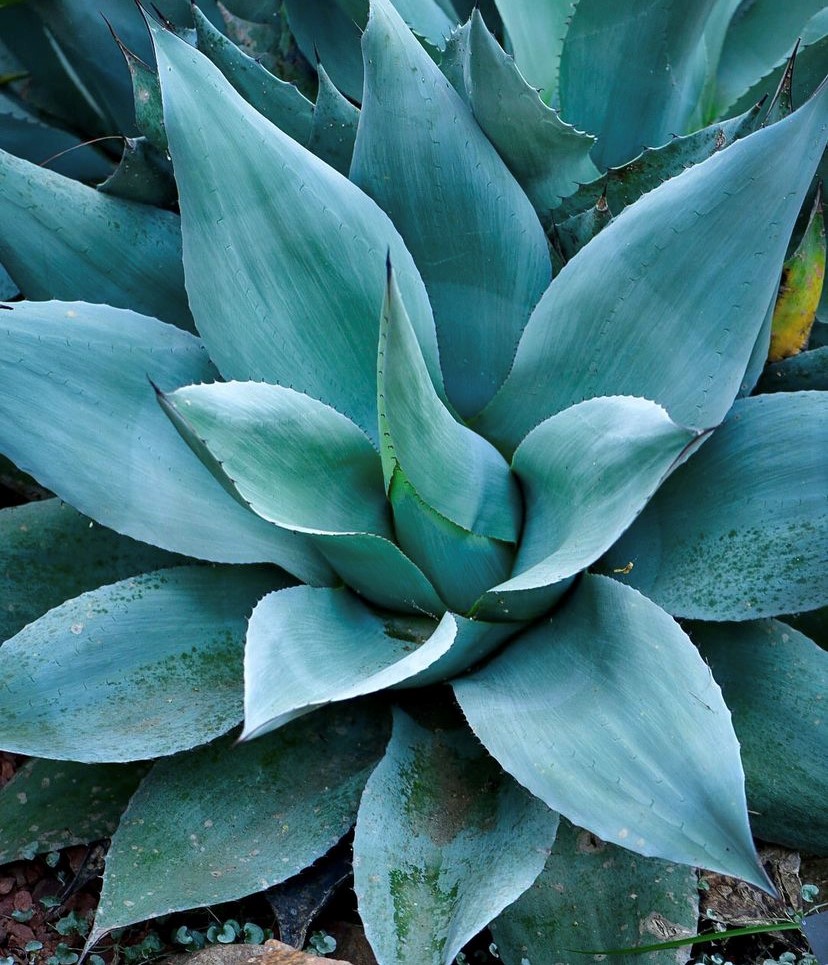
November
Agave ovatifolium also known as the ‘Whales Tongue Agave’ is a spectacular medium sized plant originating from the arid zones of Southern United States and Mexico. Our one grows in the arid glasshouse. It has broad grey-green leaves edged and tipped with dark purplish thorns and spikes. Agave ovatifolium is a highly ornamental and architectural plant. It will reach 150cm high and wide whilst tolerating heavy frost and freezing conditions when dry. This Agave is well worth trying year-round outdoors in milder parts of the UK.
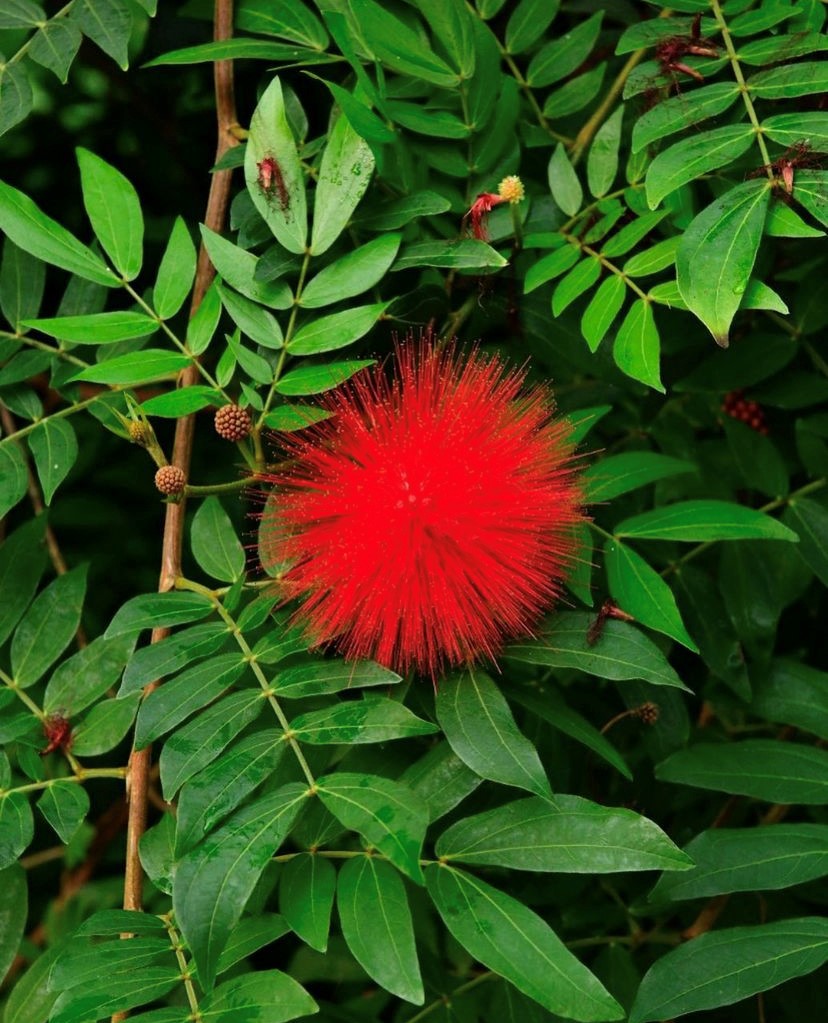
December
Finally in the last month of the year I have selected the captivating red powder puff tree Calliandra haematocephala, native to Bolivia. It grows in our glasshouses and the bright red fuzzy “flowers” are actually made up of stamens and can grow up to 8 cm in diameter. Powder puffs are long-lasting and will cover the tree nearly all year, making this a stunning addition to our Living Collection.
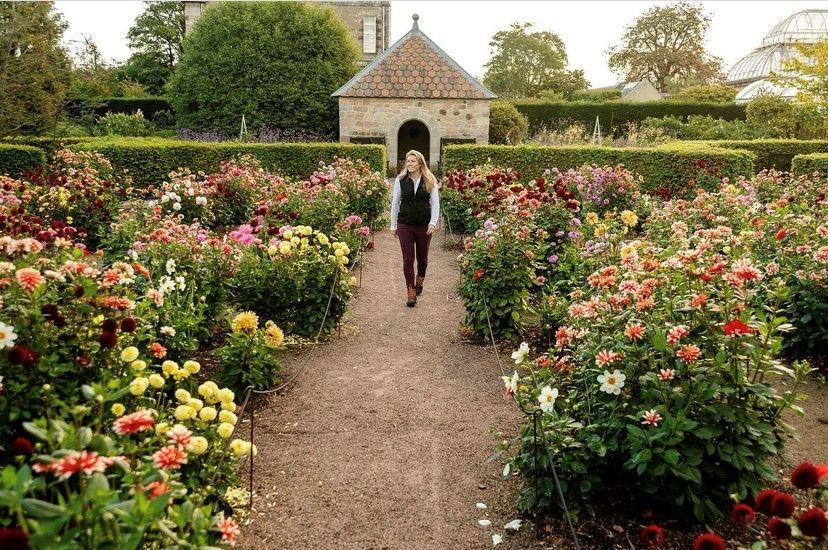
The temporary summer planting of colourful Dahlias from Taylors brought joy to our visitors in the Queen Mother’s Memorial Garden – they really did flower their socks off from the 500 tubers volunteers and staff planted. The central area is currently being redesigned for Spring 2023 with sustainable planting using herbaceous perennials, roses and grasses that are better suited for a changing climate as this is the hottest area of the garden. This summer we experienced a very difficult drought which affected both plants and staff working in these hot and dry conditions.
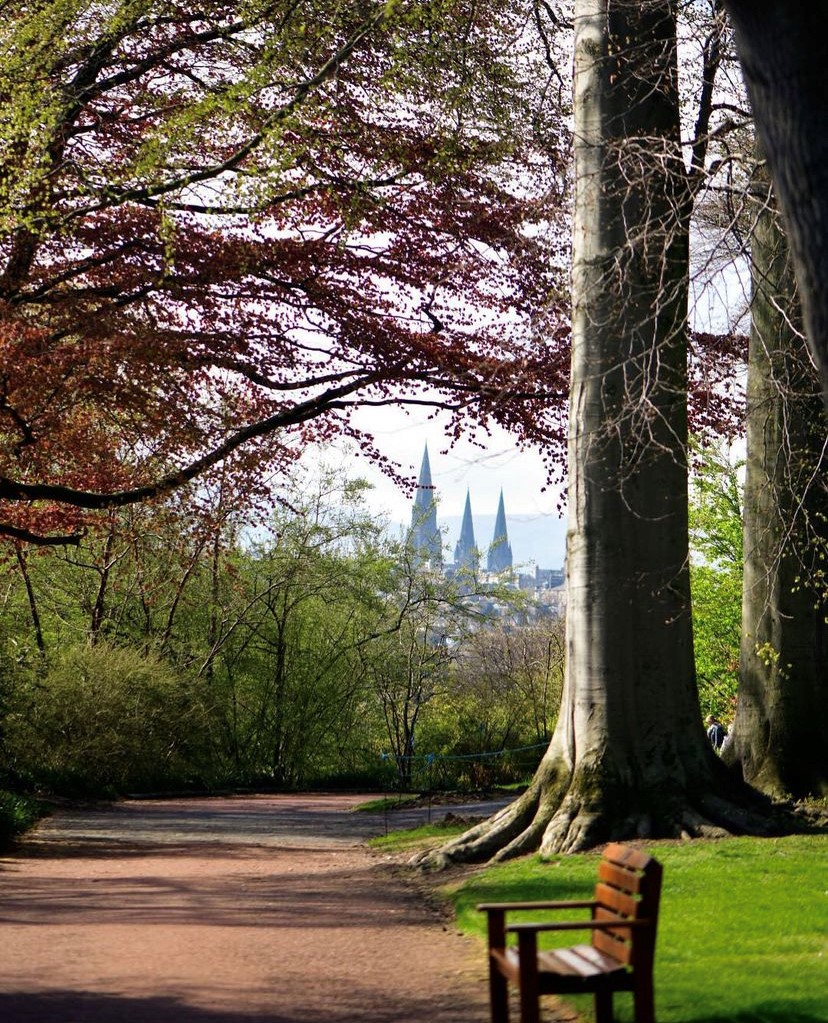
The pandemic may have facilitated interactions with nature that are reawakening a sense of responsibility to care for it. This new appreciation is essential for our future work in protecting biodiversity and tackling climate change for future generations. Try to take a moment to step back from your busy lives and appreciate the beauty of the natural world by visiting RBGE or any of our regional gardens next year. In the dark days of winter on my morning walk I really looking forward to the promise of Spring and look forward to the bulbs emerging and the fresh blossom.
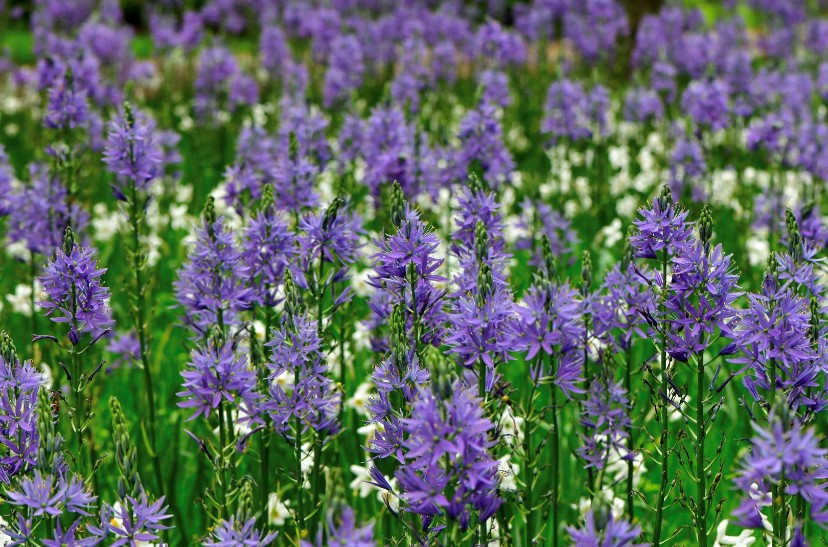

Katharine Prentice
Most enjoyable and inspiration for 2023.